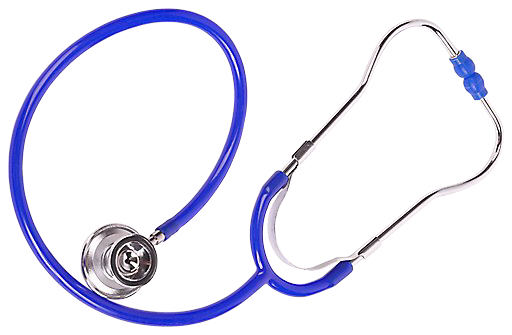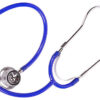Neuroanatomy is admittedly complex and overwhelming. Clinicians working in rehabilitation are faced with growing caseloads, diminished resources/reimbursement, and increasingly medically complex patients with the expectation of improving outcomes and reducing length of stay. Honing knowledge of clinically-relevant neuroanatomy and neuropathology can predict dysfunction and intuitively create a scaffold for assessment and treatment even before meeting the patient.
Predetermining potential deficits leads to a more tightly defined diagnostic battery and expedites treatment formulation. By deducing the patient’s experience, the clinician can also prepare for behavioral barriers to engagement and understand the healing process with greater compassion.
In this recording, participants will learn intermediate-level neurophysiology as it relates to cognitive-linguistic skills and behavioral control, as well as explore mindfulness techniques for stress reduction. The overlying foci of the course are to arm treating professionals with an improved clinical eye, predicting dysfunction, and expedite the pathway to treatment. Course content will also include patient-focused educational materials for stroke and traumatic brain injury ready to utilize by treating practitioners.



